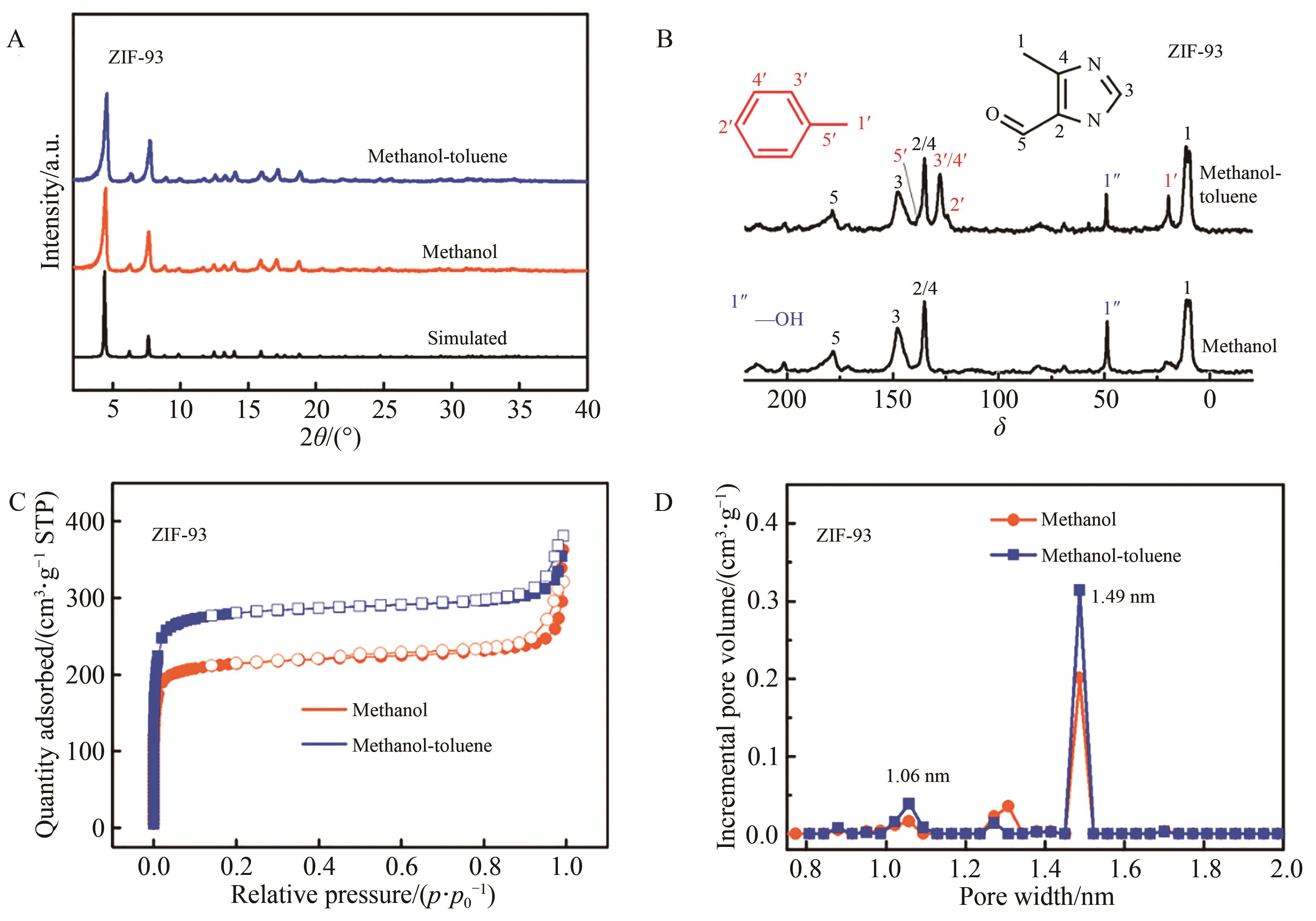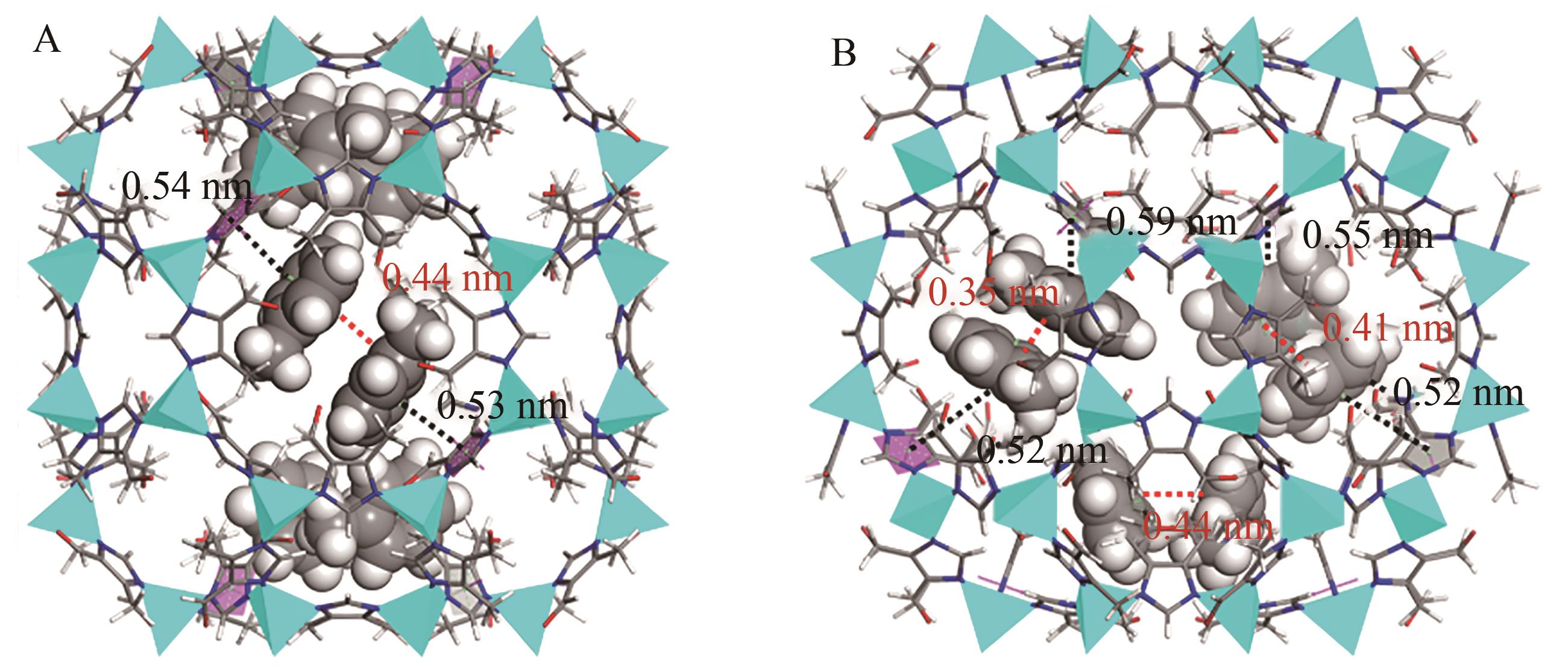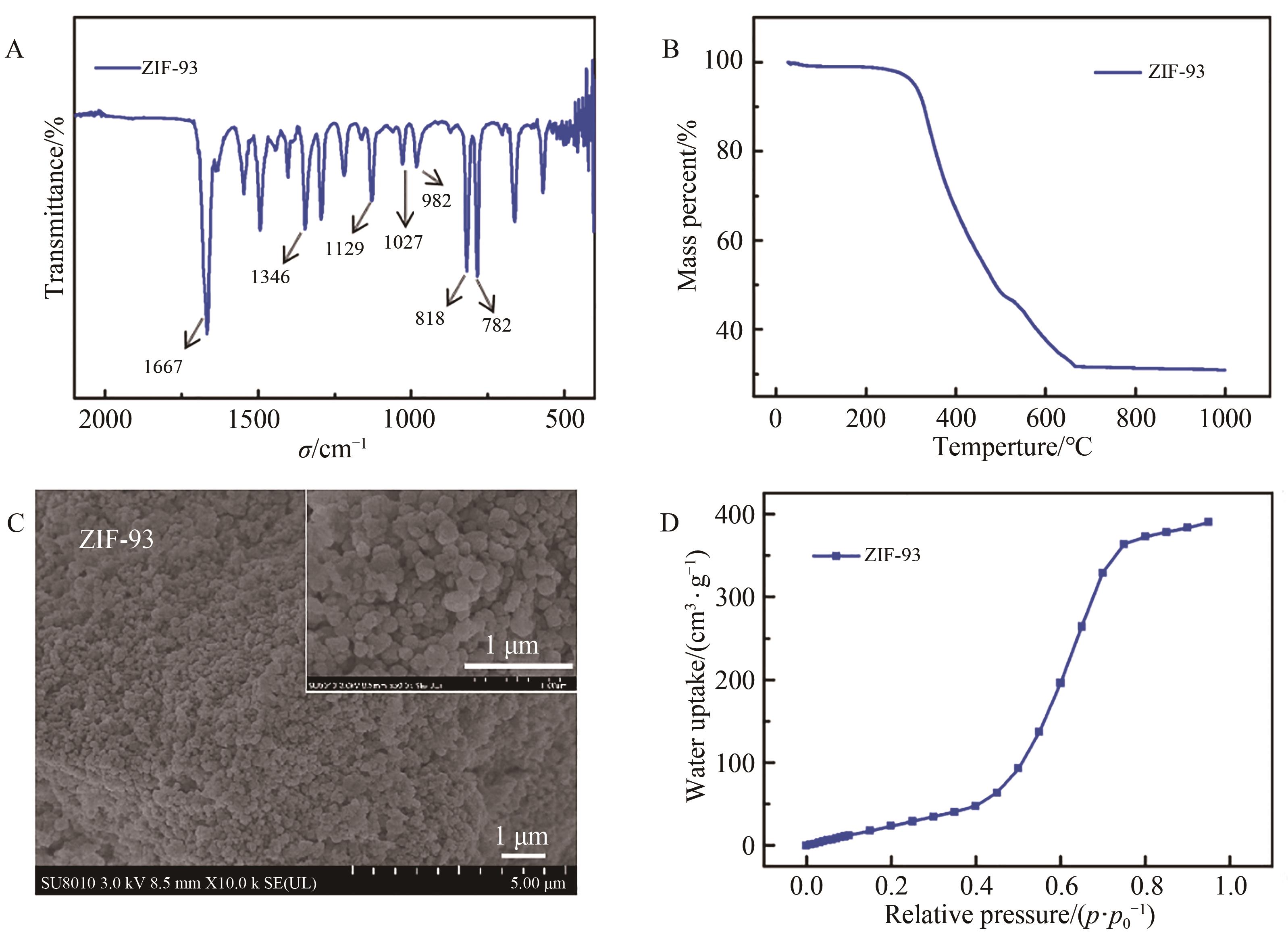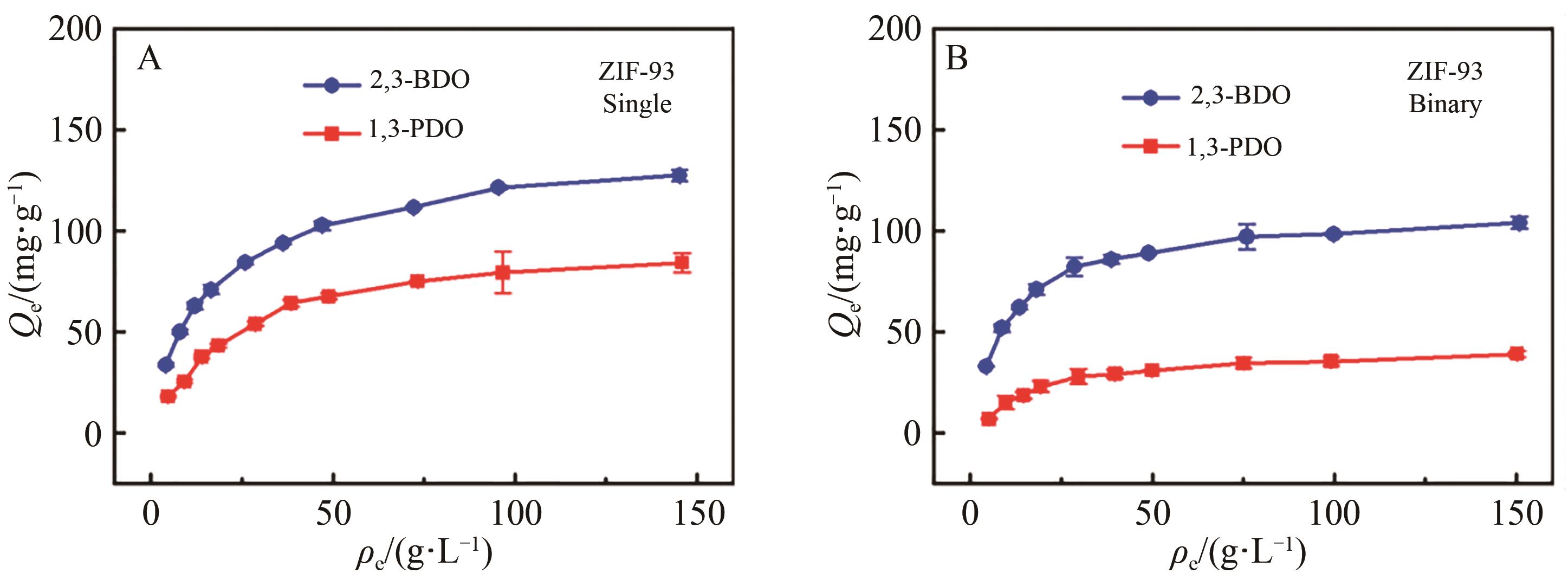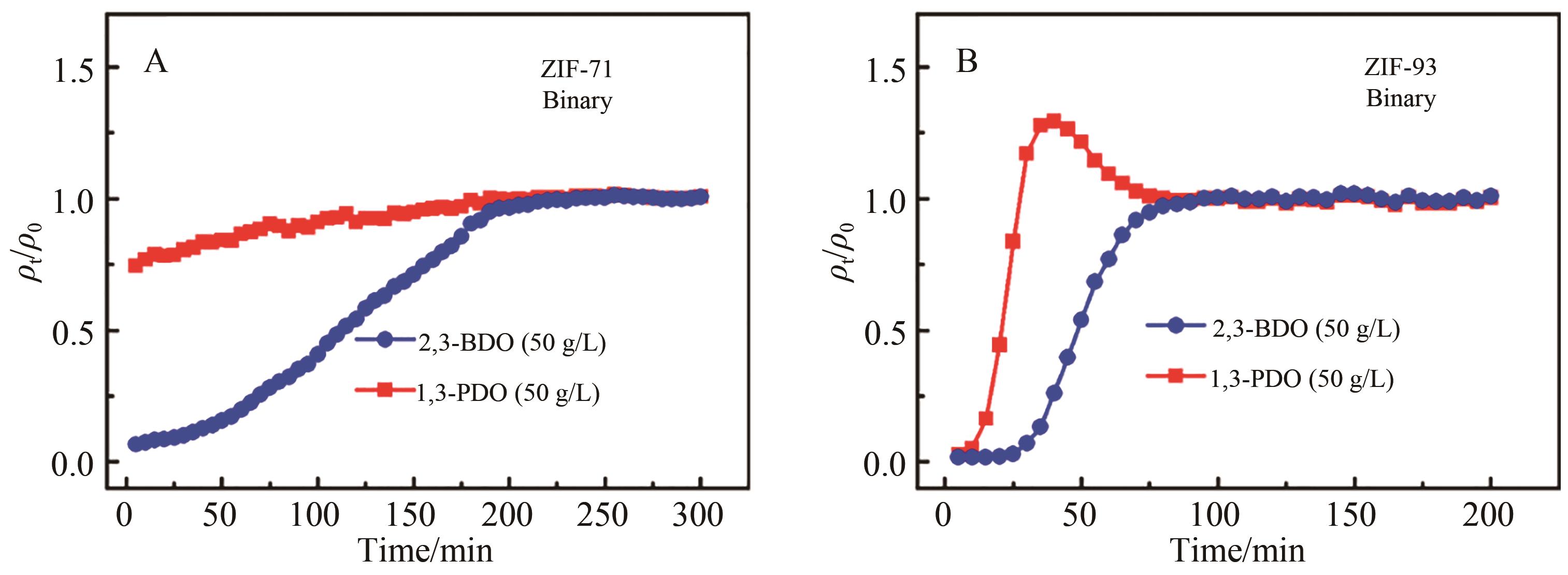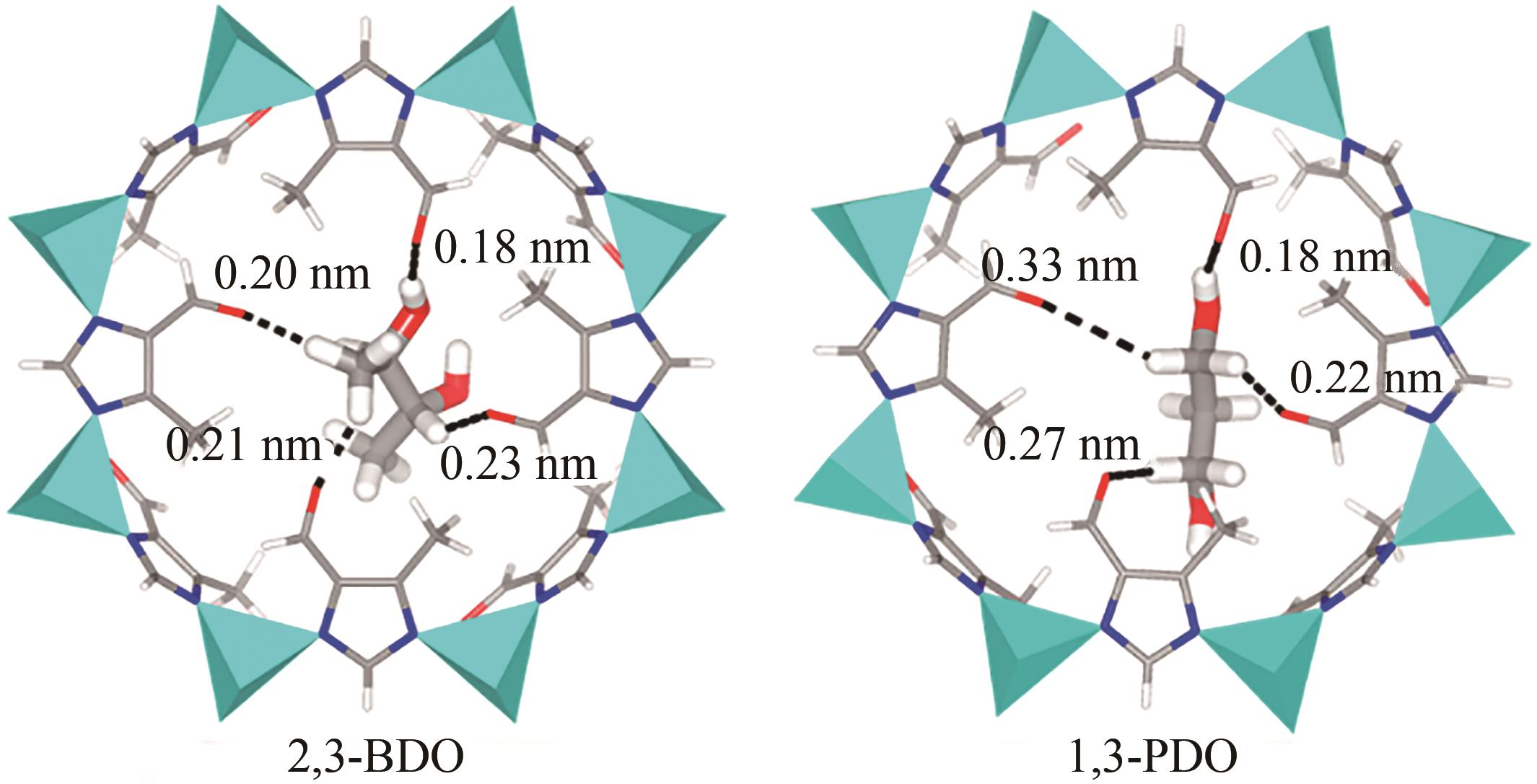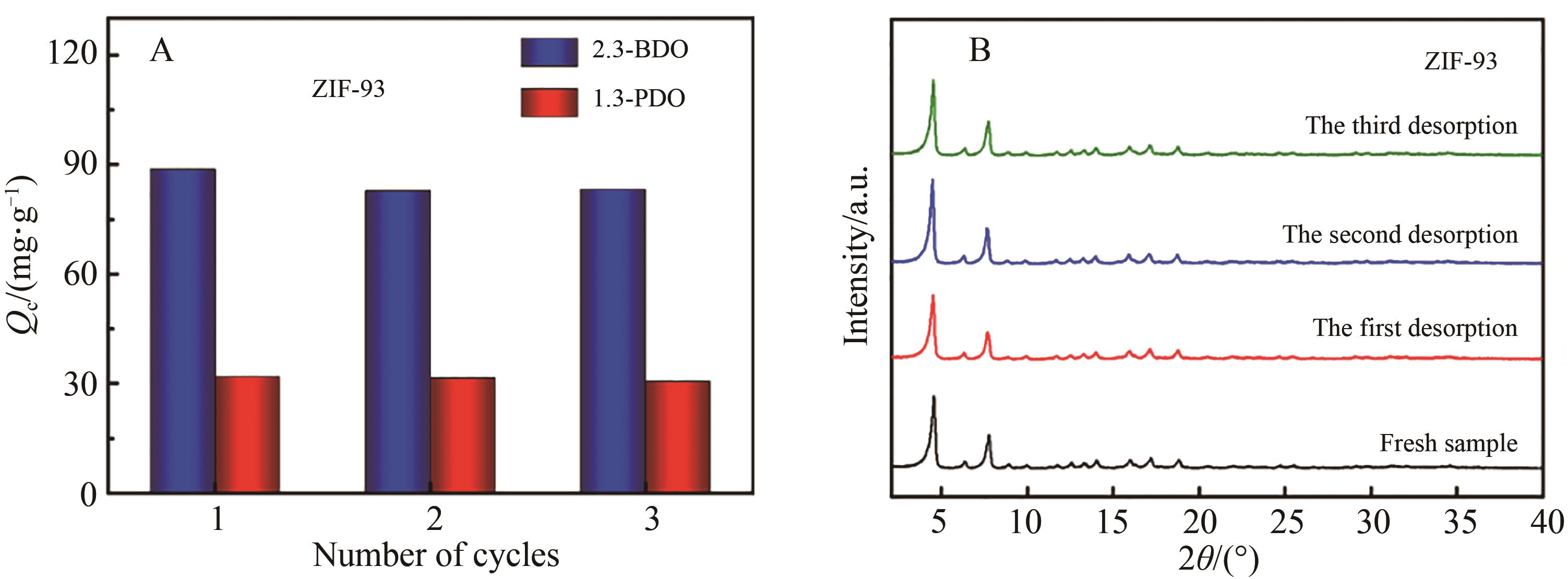| 1 |
杨琛, 袁其朋, 申晓林, 等. 化学品绿色制造的合成生物学[J]. 合成生物学, 2021, 2(6): 851-853.
|
|
YANG C, YUAN Q P, SHEN X L, et al. Synthetic biology of green manufacturing of chemicals[J]. Synth Biol J, 2021, 2(6): 851-853.
|
| 2 |
KAUR G, SRIVASTAVA A K, CHAND S. Advances in biotechnological production of 1,3-propanediol[J]. Biochem Eng J, 2012, 64: 106-118.
|
| 3 |
刘凯鹏, 张大洲, 卢文新. 1,3-丙二醇产业现状及研究进展[J]. 化肥设计, 2022, 60(5): 25-30.
|
|
LIU K P, ZHANG D Z, LU W X. Current status and research progress of 1,3-propanediol industry[J]. Chem Fertil Des, 2022, 60(5): 25-30.
|
| 4 |
ZHU F, LIU D, CHEN Z. Recent advances in biological production of 1,3-propanediol: new routes and engineering strategies[J]. Green Chem, 2022, 24(4): 1390-1403.
|
| 5 |
LEE C S, AROUA M K, DAUD W M A W, et al. A review: conversion of bioglycerol into 1,3-propanediol via biological and chemical method[J]. Renew Sustainable Energ Rev, 2015, 42: 963-972.
|
| 6 |
修志龙, 姜莉莉, 傅宏鑫, 等. 微生物发酵法生产1,3-丙二醇的研究新进展[J]. 微生物学杂志, 2016, 36(6): 1-9.
|
|
XIU Z L, JIANG L L, FU H X, et al. New research progress on the production of 1,3-propanediol by microbial fermentation[J]. J Microbiol, 2016, 36(6): 1-9.
|
| 7 |
李晓姝, 张霖, 高大成, 等. 发酵法生产1,3-丙二醇的研究进展[J]. 化工进展, 2017, 36(4): 1395-1403.
|
|
LI X S, ZHANG L, GAO D C, et al. Research progress on the production of 1,3-propanediol by fermentation[J]. Chem Ind Eng Prog, 2017, 36(4): 1395-1403.
|
| 8 |
罗吉安, 刘德华, 粟好进, 等. 1,3-丙二醇发酵液蒸发脱水的工艺模拟[J]. 化工进展, 2017, 36(3): 810-815.
|
|
LUO J A, LIU D H, SU H J, et al. Process simulation of evaporative dehydration of 1,3-propanediol fermentation broth[J]. Chem Ind Eng Prog, 2017, 36(3): 810-815.
|
| 9 |
ADKESSON D N, ALSOP A W, AMES T T, et al. Purification of biologically-produced 1,3-propanediol: US, 8183417[P/OL]. 2012-5-22.
|
| 10 |
HAO J, LIU H, LIU D. Novel route of reactive extraction to recover 1,3-propanediol from a dilute aqueous solution[J]. Ind Eng Chem Res, 2005, 44(12): 4380-4385.
|
| 11 |
LI Z, JIANG B, ZHANG D, et al. Aqueous two-phase extraction of 1,3-propanediol from glycerol-based fermentation broths[J]. Sep Purif Technol, 2009, 66(3): 472-478.
|
| 12 |
方云进, 徐兴军, 殷俊. 萃取分离发酵液中1,3-丙二醇的方法: 中国, 102816048A[P/OL]. 2012-12-12.
|
|
FANG Y J, XU X J, YIN J. Extraction and separation of 1,3-propanediol from fermentation broth: CN, 102816048A[P/OL]. 2012-12-12.
|
| 13 |
HILALY A K, BINDER T P. Method of recovering 1,3-propanediol from fermentation broth: US, 2002133049[P/OL]. 2002-09-19.
|
| 14 |
SCHÖLLNER R, EINICKE W D, UNVERRICHT S, et al. Untersuchungen zur adsorptiven trennung von glycerol/propan-1,3-diol in wäßriger Lösung durch Flüssigphasen-adsorption an zeolithen[J]. J Für Praktische Chem/Chemiker-Zeitung, 1994, 336(5): 404-407.
|
| 15 |
LUERRUK W, SHOTIPRUK A, TANTAYAKOM V, et al. Adsorption of 1,3-propanediol from synthetic mixture using polymeric resin as adsorbents[J]. Front Chem Eng China, 2009, 3(1): 52-57.
|
| 16 |
WANG S, QIU L, DAI H, et al. Highly pure 1,3-propanediol: separation and purification from crude glycerol-based fermentation[J]. Eng Life Sci, 2015, 15(8): 788-796.
|
| 17 |
CORBIN, DAVID, RICHARD, et al. Process to separate 1,3-propanediol or glycerol, or a mixture thereof from a biological mixture: EP, 1218327[P/OL]. 2004-12-15.
|
| 18 |
苏建英, 吴家鑫, 谭天伟. 疏水硅沸石吸附1,3-丙二醇的研究[J]. 化学工程, 2007(5): 1-4.
|
|
SU J Y, WU J X, TAN T W. Adsorption of 1,3-propanediol by hydrophobic silica zeolites[J]. Chem Eng, 2007(5): 1-4.
|
| 19 |
WANG Z, WU Z, TAN T. Sorption equilibrium, mechanism and thermodynamics studies of 1,3-propanediol on beta zeolite from an aqueous solution[J]. Bioresour Technol, 2013, 145: 37-42.
|
| 20 |
CHEN T, CHEN Y, BAI P. Recovery of biomass-derived polyols by pressure swing adsorption: experiments, simulations, scale-up implementation and economic analysis[J]. Ind Eng Chem Res, 2020, 59(17): 8323-8334.
|
| 21 |
XIU Z L, ZENG A P. Present state and perspective of downstream processing of biologically produced 1,3-propanediol and 2,3-butanediol[J]. Appl Microbiol Biot, 2008, 78(6): 917-926.
|
| 22 |
JIN H, LI Y, YANG W. Adsorption of biomass-derived polyols onto metal-organic frameworks from aqueous solutions[J]. Ind Eng Chem Res, 2018, 57(35): 11963-11969.
|
| 23 |
LI G, LIU W, WANG X, et al. Separation of 2,3-butanediol using ZSM-5 zeolite modified with hydrophobic molecular spaces[J]. Chem Lett, 2014, 43(4): 411-413.
|
| 24 |
张健爽, 高美珍, 王梦瑶, 等. 沸石咪唑酯骨架结构材料ZIF-71用于低浓度生物基2,3-丁二醇/1,3-丙二醇的吸附分离性能[J]. 应用化学, 2022, 39(11): 1735-1745.
|
|
ZHANG J S, GAO M Z, WANG M Y, et al. Adsorption and separation performance of zeolitic imidazolate frameworks ZIF-71 for low concentration bio-based 2,3-butanediol/1,3-propanediol[J]. Chin J Appl Chem, 2022, 39(11): 1735-1745.
|
| 25 |
PHAN A, DOONAN C J, URIBE-ROMO F J, et al. Synthesis, structure, and carbon dioxide capture properties of zeolitic imidazolate frameworks[J]. Acc Chem Res, 2010, 43(1): 58-67.
|
| 26 |
ZHANG J P, ZHANG Y B, LIN J B, et al. Metal azolate frameworks: from crystal engineering to functional materials[J]. Chem Rev, 2012, 112(2): 1001-1033.
|
| 27 |
LIU J, TANG X, LIANG X, et al. Superhydrophobic zeolitic imidazolate framework with suitable SOD cage for effective CH4/N2 adsorptive separation in humid environments[J]. AIChE J, 2022, 68(5): e17589.
|
| 28 |
WANG J, WU J, ZHENG B, et al. Adsorptive separation of butanol, acetone and ethanol in zeolite imidazolate frameworks with desirable pore apertures[J]. Chem Eng Sci, 2022, 248: 117251.
|
| 29 |
MORRIS W, LEUNG B, FURUKAWA H, et al. A combined experimental-computational investigation of carbon dioxide capture in a series of isoreticular zeolitic imidazolate frameworks[J]. J Am Chem Soc, 2010, 132(32): 11006-11008.
|
| 30 |
LIU X, LI Y, BAN Y, et al. Synthesis of zeolitic imidazolate framework nanocrystals[J]. Mater Lett, 2014, 136: 341-344.
|
| 31 |
DING Q, ZHANG Z, YU C, et al. Exploiting equilibrium-kinetic synergetic effect for separation of ethylene and ethane in a microporous metal-organic framework[J]. Sci Adv, 2020, 6(15): eaaz4322.
|
| 32 |
PASETA L, NAVARRO M, CORONAS J, et al. Greener processes in the preparation of thin film nanocomposite membranes with diverse metal-organic frameworks for organic solvent nanofiltration[J]. J Ind Eng Chem, 2019, 77: 344-354.
|

 ), Jin-Xiang DONG
), Jin-Xiang DONG
